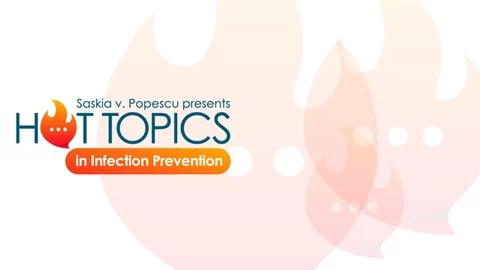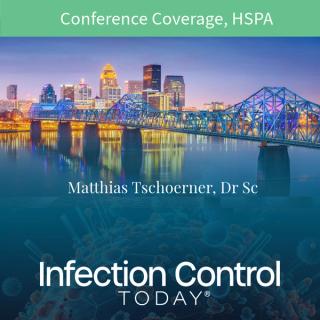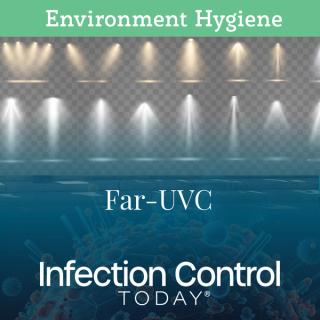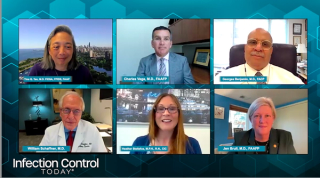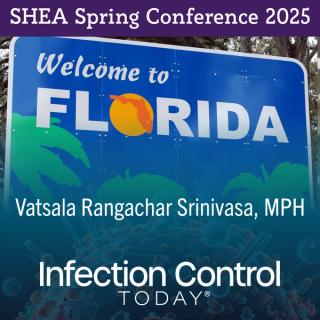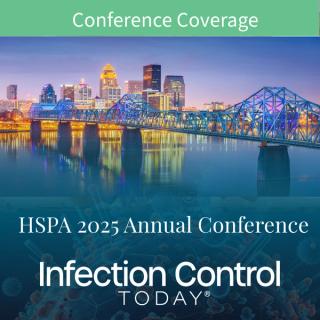
HAIs
Latest News
Latest Videos

More News

Hospitals may rely on handwashing as a frontline defense against infection, but the very sinks meant to promote hygiene can harbor dangerous pathogens. At this year’s AHE Exchange Summit, microbiologist Mark Wiencek, PhD, T-CHEST, explores how biofilms in sink drains create a persistent threat to patient safety—and what infection prevention and EVS teams can do about it.

Despite its critical role in patient safety, infection prevention and control (IPC) remains one of health care’s most misunderstood and understructured professions. While COVID-19 thrust IPC into the spotlight, the field still lacks a clear entry path, standardized training, and broad institutional recognition, leaving many professionals to learn on the job with minimal guidance.

A hospital’s surveillance validation process uncovered a hidden threat to antimicrobial stewardship: contaminated urine cultures leading to unnecessary antibiotic prescriptions. This prompted a collaborative effort to improve specimen integrity and reduce inappropriate antimicrobial use through targeted diagnostic stewardship.

Despite rapid development, the Middle East faces a critical shortage of certified infection preventionists. A 7-year regional initiative has significantly boosted infection control capacity, increasing the number of certified professionals and elevating patient safety standards across health care settings.
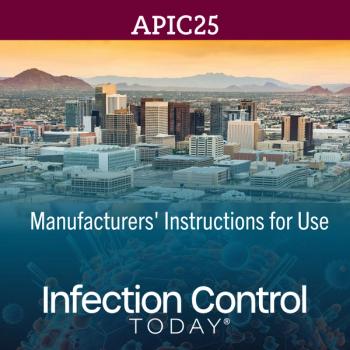
A hospital-wide quality improvement project has transformed how staff access critical manufacturer instructions for use (IFUs), improving infection prevention compliance and saving time through a standardized, user-friendly digital system supported by unit-based training and interdepartmental collaboration.

When Chicago logged its first measles cases linked to crowded migrant shelters last spring, one pediatric hospital moved in hours—not days—to prevent the virus from crossing its threshold. Their playbook offers a ready template for the next communicable-disease crisis.
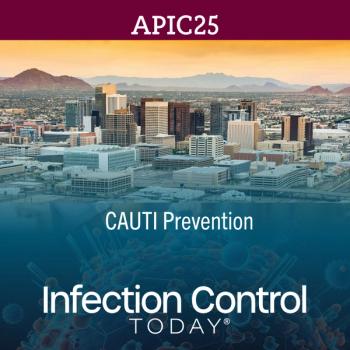
A 758-bed quaternary medical center slashed catheter-associated urinary tract infections (CAUTIs) by 45% over 2 years, proving that disciplined adherence to fundamental prevention steps, not expensive add-ons, can reverse the pandemic-era spike in device-related harm.
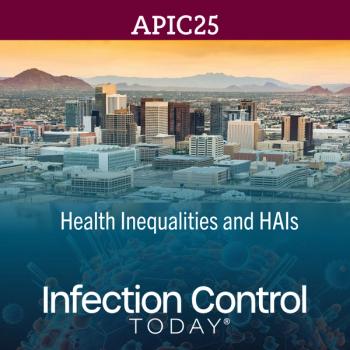
Spanish-speaking patients face significantly higher risks of contracting serious infections during hospital stays, even when interpreter services are provided, according to new research presented at the 2025 APIC Annual Conference.

Infection prevention is everyone’s responsibility, but environmental services (EVS) professionals are often overlooked. At AHE’s Exchange25, Shannon Simmons, DHSc, is on a mission to change that.

The Bug of the Month helps educate readers about existing and emerging pathogens that are clinically important in today's health care facilities.
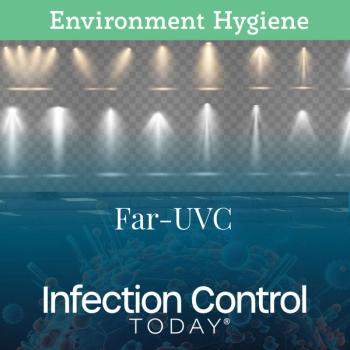
Manual cleaning gaps on shared hospital equipment can undermine infection control efforts. New research shows far UV-C light can serve as a safe, automated backup to reduce contamination in real-world clinical settings.

Policy changes made by Robert F. Kennedy Jr as the HHS Secretary are alarming health care providers, including changes in water fluoridization, COVID-19 vaccine recommendations, and more.
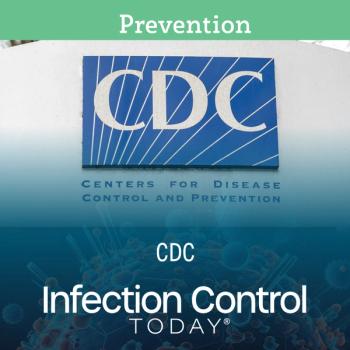
In a major shift, the CDC has pulled routine COVID-19 vaccine guidance for healthy children and pregnant women, sparking sharp reactions from medical leaders.

In a strong statement, Devin Jopp, CEO of APIC, and Leah Binder, CEO of The Leapfrog Group, urge health care leaders to strengthen their commitment to infection prevention and control (IPC).

When an unclear airborne isolation order disrupted patient care, one infection preventionist had to unravel entrenched practices and prioritize safety, communication, and staff trust.
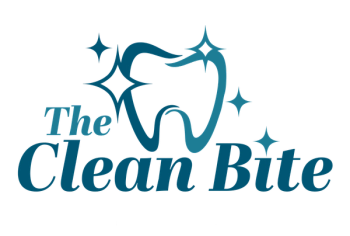
It’s a familiar request at the dentist—“close your lips around the suction.” But that small act could expose you to backflow contamination from previous patients. This first article in a brand new column by Sherrie Busby, EDDA, CDSO, CDIPC, explores the unseen risks of dental suction devices—and why patients should pause before obeying.

Flexible endoscopes revolutionized modern medicine—but their complex design poses persistent sterilization challenges. With mounting infection risks and emerging innovations, experts are rethinking how to clean and safeguard one of health care’s most indispensable tools.

With surgical site infections on the rise, experts argue that systemic antibiotics fall short, and targeted drug delivery may be the future of surgical infection prevention.

A string of infections following routine knee surgeries in Tennessee has escalated into litigation, raising questions about how—and when—health care facilities should detect outbreaks. As genomic surveillance gains traction in infection prevention, some fear it could increase legal risk. In reality, it may offer hospitals their strongest legal defense.
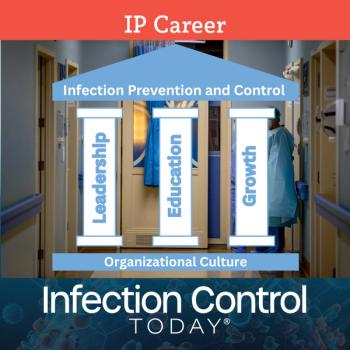
Key Takeaways from WHO’s 2024 Global Report and Insights from Real-world Experience
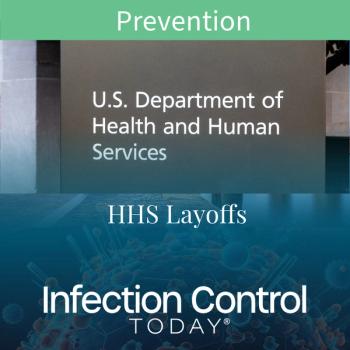
HHS Secretary Robert F. Kennedy Jr. faced intense scrutiny over sweeping budget cuts and public health reforms during back-to-back hearings on Capitol Hill this week.

Invisible yet deadly, endotoxins evade traditional sterilization methods, posing significant risks during routine surgeries. Understanding and addressing their threat is critical for patient safety.
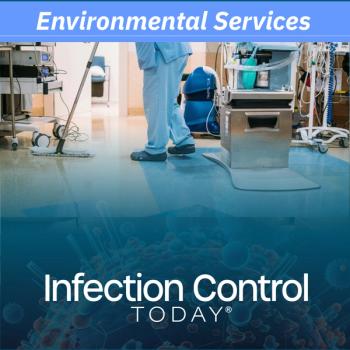
This article explores why it is essential to train housekeeping staff and leaders in health care facilities, emphasizing key reasons and evidence-based practices to back this necessity.

As infection prevention infrastructure unravels, professionals face déjà vu from the pandemic’s darkest days—making resilience not just important, but essential for survival and progress.

A rare Tennessee outbreak of Mycobacterium fortuitum revealed deep gaps in infection prevention at outpatient surgery centers—where oversight, staffing, and reporting often fall short.

